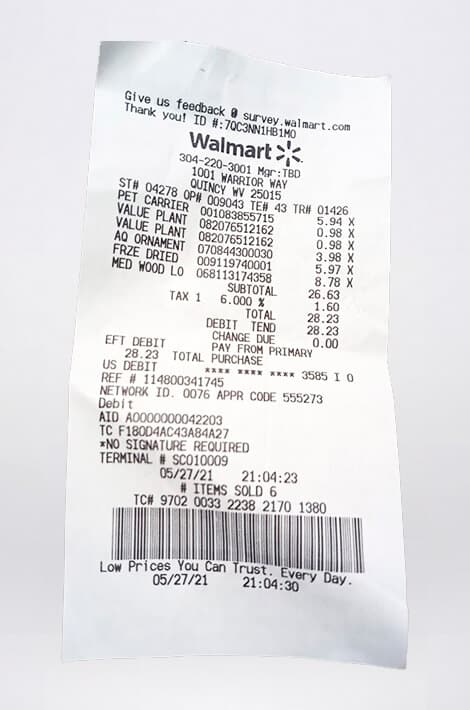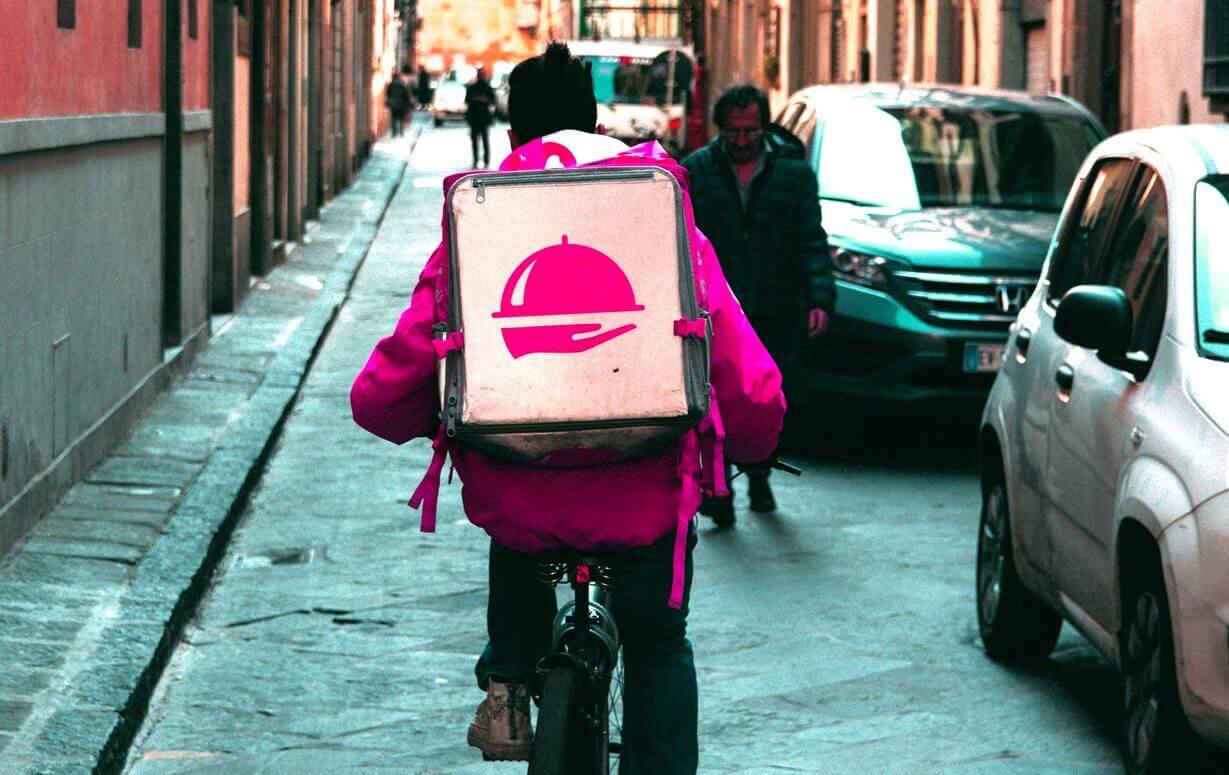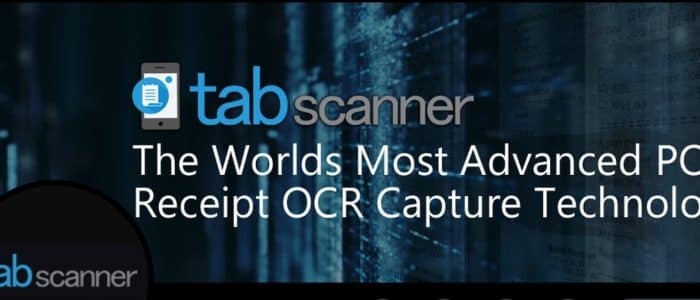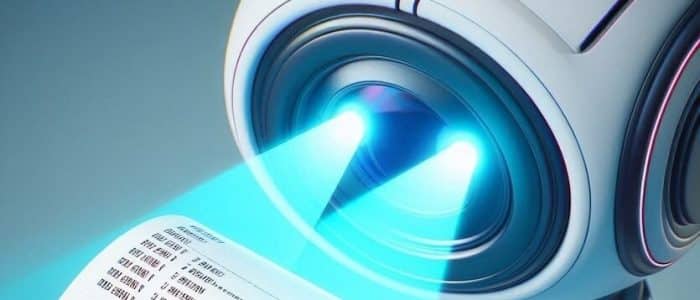Last Updated on November 22, 2024
At the end of March 2020, more than 100 countries went into lockdown. At first the measure of enforcing people to stay in the own homes unless absolutely necessary appeared extreme, even alarmist, but as the weeks and months have unfolded it’s become clear that lockdown has greatly reduced the spread of COVID-19.
For many of us, life has changed greatly. Greeting friends and family members who don’t live in the same household with a wave from a distance and not a hug in person became the norm in more than 100 countries. More and more people began wearing face masks in public to protect themselves and others. A light was shone on those working on the frontline of the healthcare sector, giving brave souls the respect and thanks that they rightly deserved.
One of the most startling changes has been how we shop for our food. With the days of casually walking down the aisles, people packed in together like sardines when queuing by the tills or reaching over someone to grab that loaf of bread now gone. Social distances and food deliveries have taken centre stage. However, one question remains: what are we going to do about food receipts in the long term? Is now the time to use OCR for receipt recognition for all food receipts.
Receipt Recognition Technology and Deliveries
Think about the last time that you ordered a food shop online and had it delivered. A knock on the door, your food outside in plastic bags and a driver stood about five feet away. Sound familiar? For most of us this has become the new way we buy our food.
Now, delivery drivers take precautions – as they absolutely should do. But is this the most effective way of ensuring that the virus isn’t transmitted? Well, we don’t want to disagree with standard practice, but there could be a better way… using receipt recognition technology.
The coronavirus lasts on paper for up to 24-hours. This means that by touching a paper receipt, you are risking infection. Given that delivery drivers have a habit of stapling receipts to paper bags, placing the atop your shopping or even dropping them into the bag, you are at risk of contracting the virus if you come into contact with infected droplets.
Now we’re not saying that delivery drivers have the coronavirus… but it can take up to 14 days for the virus to manifest. Surely, using receipt recognition API and emailing receipts to customers, you completely negate any one to one contact with someone who might have the virus and not even know it.
Receipt Recognition Technology and Collections
So, what about food collections? Many people who aren’t especially keen on wandering around supermarkets choose to collection their shopping direct from the supermarket without going inside. Sounds like a great solution, right?
Well, yes and no. Sure you’re minimising any contact you may have with people who might be carrying the virus, but there’s still a paper receipt which might carry the virus. Remember, the virus does live on paper and the second you touch it, you are at risk of contracting coronavirus.
What’s the answer? We reckon that it’s using OCR for receipt recognition to create a digital receipt of the purchase and then emailing consumers their receipts. This means consumers have zero chance of contracting the coronavirus from interaction with another person.
Now, you may be thinking that this sounds expensive, we’ll you’re wrong. With a minimal investment local, national, or international retailer can switch to receipt scanning and e-receipts and save themselves a great deal of hassle.
Still unsure? Think of it this way. What if an outbreak of coronavirus was traced back to your supermarket? The financial, not too mention community fallout would be massive. Isn’t it best to safeguard your business?
How Receipt Recognition Technology Benefits Delivery Companies
Without repeating what we’ve already covered, it’s safe to say that OCR for receipt recognition technology greatly benefits delivery drivers.
From keeping drivers safe to minimising the contact they have with paper – a known carrier of the coronavirus – by opting to use receipt OCR technology you can revolutionise your business… and it’s not to bad for PR.
Imagine being a retailer who can all but guarantee customers have zero chance of contracting the coronavirus! That’s a winning PR formula if we ever heard one! In choosing to not use paper receipts you will take one giant step towards attracting more customers than ever before.
When all’s said and done it doesn’t look like the coronavirus will disappear from our lives anytime soon. You only need to turn on the news and you’ll find a new story, parliamentary briefing, or scientific report on how contagious it is.
The only think for us to do is to continue following the guidelines and implement strategies to halt the infection rate. Going paperless and implementing receipt recognition API is a great way for food retailers to do their part and reduce the possibility of infection.





